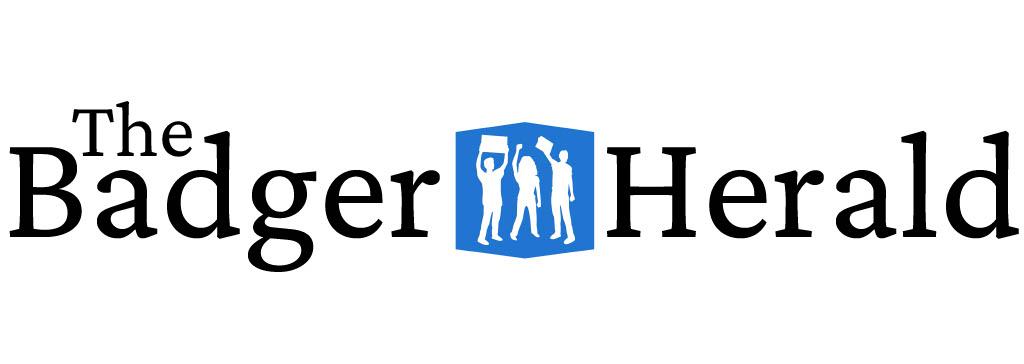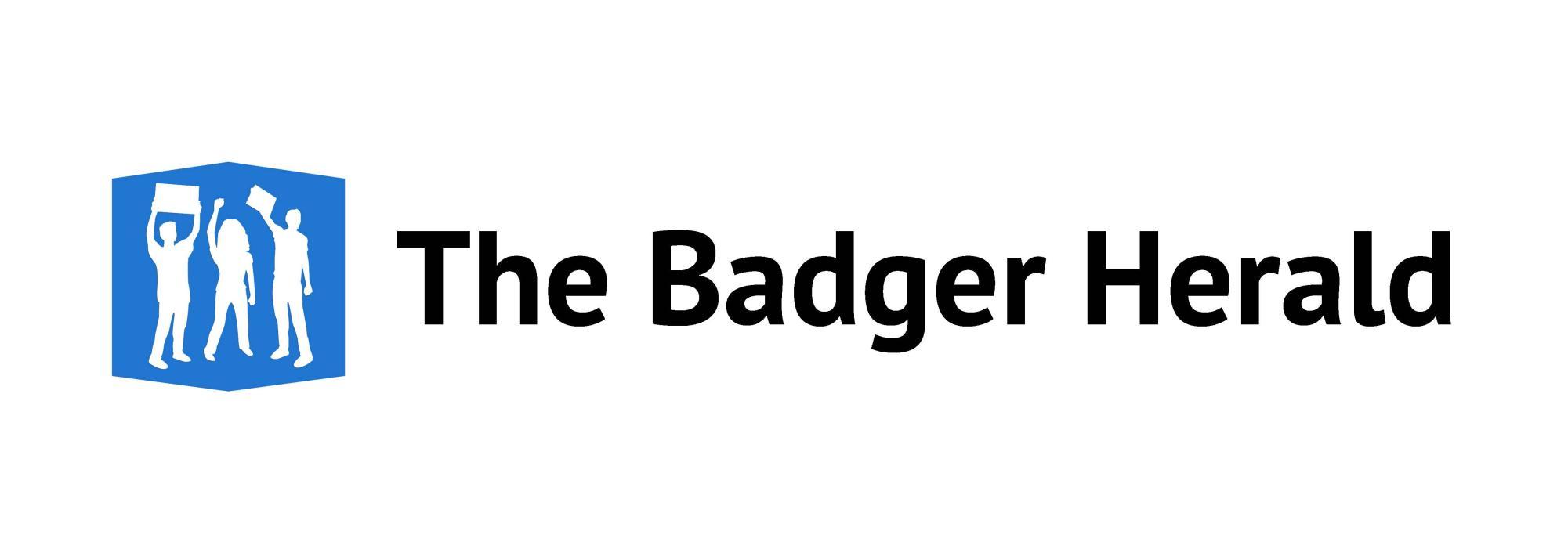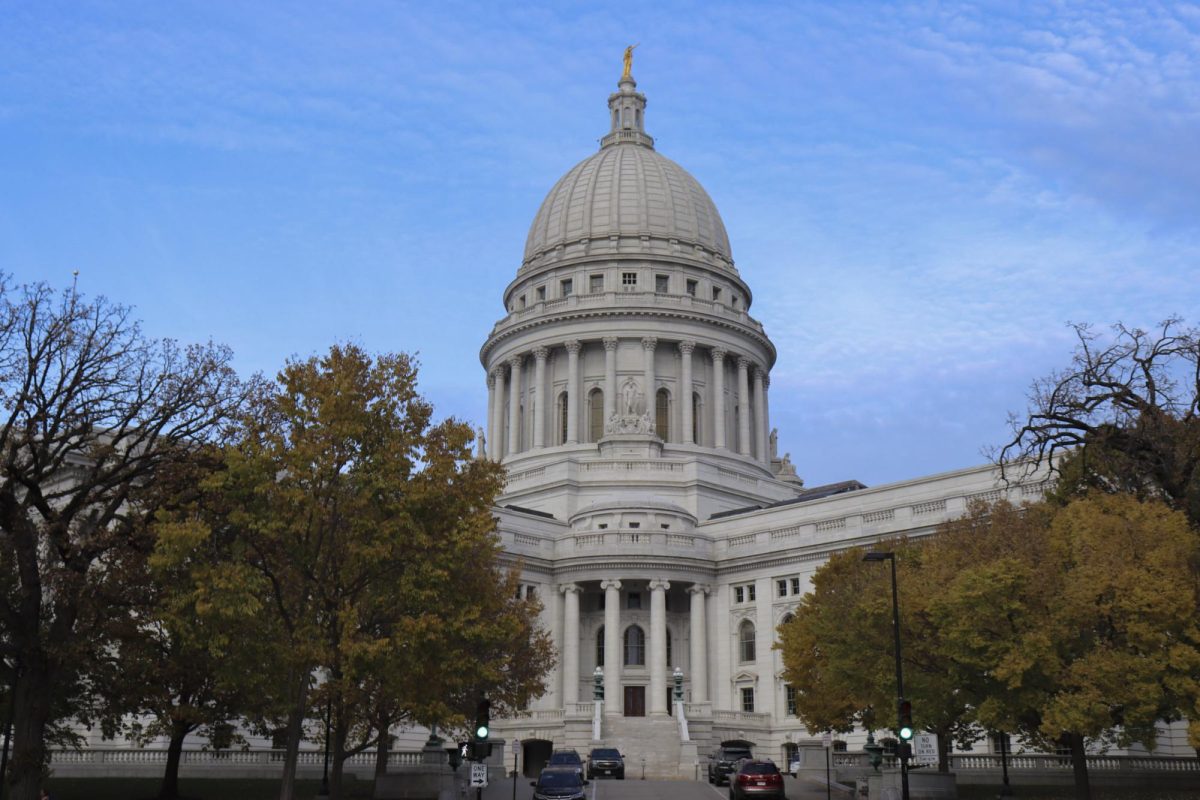Following President Donald Trump’s order Monday, Jan. 27 to pause all federal funding and grants in the United States, a chaotic day for the U.S. government followed causing panic and confusion among states, schools and organizations that rely on trillions of dollars in federal grants and loans, according to the Associated Press.
At the University of Wisconsin, the vice chancellor for research and Office of Federal Relations focused on reading the Office of Management and Budget’s memo. The aim was to interpret and connect with the National Science Foundation and National Institutes of Health, as well as other funders to try and understand what was going on, Assistant Professor of Educational Policy Studies at UW Taylor Odle said.
“There is no institution anywhere that knew what was going on,” Odle said. “This was a very unexpected freeze on everything and it’s hard to be prepared for this because it was completely unanticipated.”
UW’s budget — as an R1 Research Institution — is nearly $4 billion, supported by state and federal government investments, tuition, research grants and contributions from friends of the University, according to the UW budget.
Out of UW’s budget, 25% is in federal grants and contracts, Odle said.
As the 6th ranked research institution in the country, UW takes in money and spends money on knowledge production, including vaccine trials, clinical drugs, social policy, etc., Odle said.
Institutional administrators’ main concern centered around ongoing research and the possibility of needing to ‘freeze,’ which sparked many questions, Odle said.
As the day went on, new information came from executive agencies, the Trump administration and other universities trying to understand what the ‘freeze’ entailed, Odle said.
In a letter from UW addressing the federal memo, it notes that the order does not apply to federal student financial aid, including Pell Grants and direct student loans.
Regarding communication, UW did a great job of proactively sending out letters or emails to Principal Investigators, Odle said.
Gov. Tony Evers released a press statement Wednesday afternoon warning individuals about the Trump Administration administering future policies, such as Monday’s memo.
To best prepare for future executive orders, UW would need to focus on resources and processes for faculty that have ‘threatened’ grants, Odle said.
“From the life sciences perspective, if you were to have live animals or live cultures, or you have live patients, you can’t just pause that work,” Odle said.
Every institution could end up shifting their budget and being more selective about their reliance on federal grants and loans in response to this executive order and in case of another, Odle said.
If the ‘freeze’ is implemented, this could have had serious consequences for science in general, potentially setting us back for years, Odle said.
If one had live specimens or individuals as a part of their research and they perished at a time when it’s not allowed to pay for personnel or things to maintain them, it could be extremely disruptive to progress overall as a society, Odle said.
The order sent shockwaves through institutions, with the recommendation to cut spending in certain areas that did not align with the Trump administration’s agenda, according to Odle.
“It’s quite literally sending a message to every decision maker at an institution that we don’t like X, Y or Z, and that we can potentially really harm you by freezing or pulling back these funds, and so it is an exceptionally effective communication tool,” Odle said. “At the end of the day, even if it was just a signal, even if it was never actually meant to happen, it got everyone’s attention.”
Editor’s Note: This article has been updated to correct the date of the executive order, which was Jan. 27.



